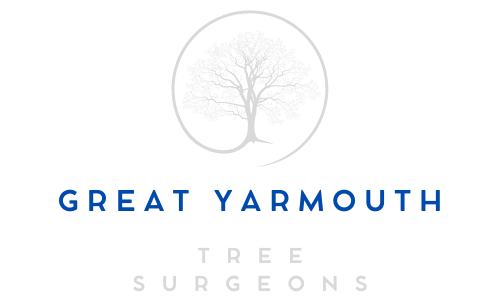Reshaping Trees with Deadwood: Preventing Hazards
Introduction: Trees are a valuable asset to our landscapes, providing beauty, shade, and ecological benefits. However, like any living organism, trees have a natural life cycle, and as they age, they may develop deadwood, which can pose significant hazards. Deadwood refers to dead branches or limbs that are no longer attached to the tree but remain suspended. In this blog post, Great Yarmouth Tree Surgeons will discuss the importance of reshaping trees with deadwood to prevent potential dangers and promote safety in outdoor spaces.
Understanding the Hazards of Deadwood
Deadwood in trees can present various risks:
- Falling Branches: Deadwood is prone to breaking and falling, especially during storms, heavy winds, or snowfall. This can endanger people, structures, vehicles, and other nearby trees.
- Property Damage: Falling deadwood can cause significant damage to roofs, vehicles, fences, and other property elements, resulting in costly repairs.
- Injury or Fatality: Deadwood falling on people or animals can cause serious injury or even fatalities. Safety is paramount when dealing with deadwood.
- Disease and Pest Infestation: Deadwood can attract pests and pathogens, which may eventually spread to healthier parts of the tree. Addressing deadwood promptly can help maintain tree health.
Reshaping Trees with Deadwood
Proper reshaping of trees with deadwood involves the following steps:
- Assessment: A certified arborist or tree surgeon should assess the tree to determine the extent of deadwood and any other potential issues. They will identify which branches need to be pruned or removed.
- Pruning: Deadwood removal is typically done through pruning. The dead branches are carefully pruned to eliminate the hazard while preserving the tree’s health and aesthetics.
- Safety Equipment: Tree surgeons use harnesses and ropes to ensure their safety while working in the tree canopy. Safety measures are paramount when dealing with deadwood.
- Branch Inspection: During the pruning process, the tree surgeon will inspect other branches for signs of weakness, disease, or structural issues, addressing them as needed.
- Clean-Up: Once the deadwood has been removed, the debris is safely cleaned and disposed of properly.
Benefits of Reshaping Trees with Deadwood
- Safety: Removing deadwood eliminates the risk of falling branches and potential hazards, creating a safer environment for people, property, and pets.
- Tree Health: Deadwood removal promotes overall tree health by reducing the risk of disease and pest infestations and allowing the tree to allocate resources to healthier parts.
- Aesthetics: Reshaping trees with deadwood enhances their appearance, allowing them to continue contributing to the beauty of your landscape.
- Longevity: Regular pruning and deadwood removal can extend the life of your trees, ensuring their presence in your landscape for years to come.
Conclusion: Reshaping trees with deadwood is crucial for tree care and safety. It not only prevents potential hazards but also promotes the health and longevity of your trees. To ensure the safety of your property and loved ones, it’s essential to consult with a certified arborist or tree surgeon. They have the expertise and equipment to assess, prune, and reshape trees with deadwood, creating a safe and beautiful outdoor environment for you to enjoy.
Call us on: 01493 807 192
Click here to find out more about Great Yarmouth Tree Surgeons
Click here to complete our contact form and see how we can help with your tree’s needs.

